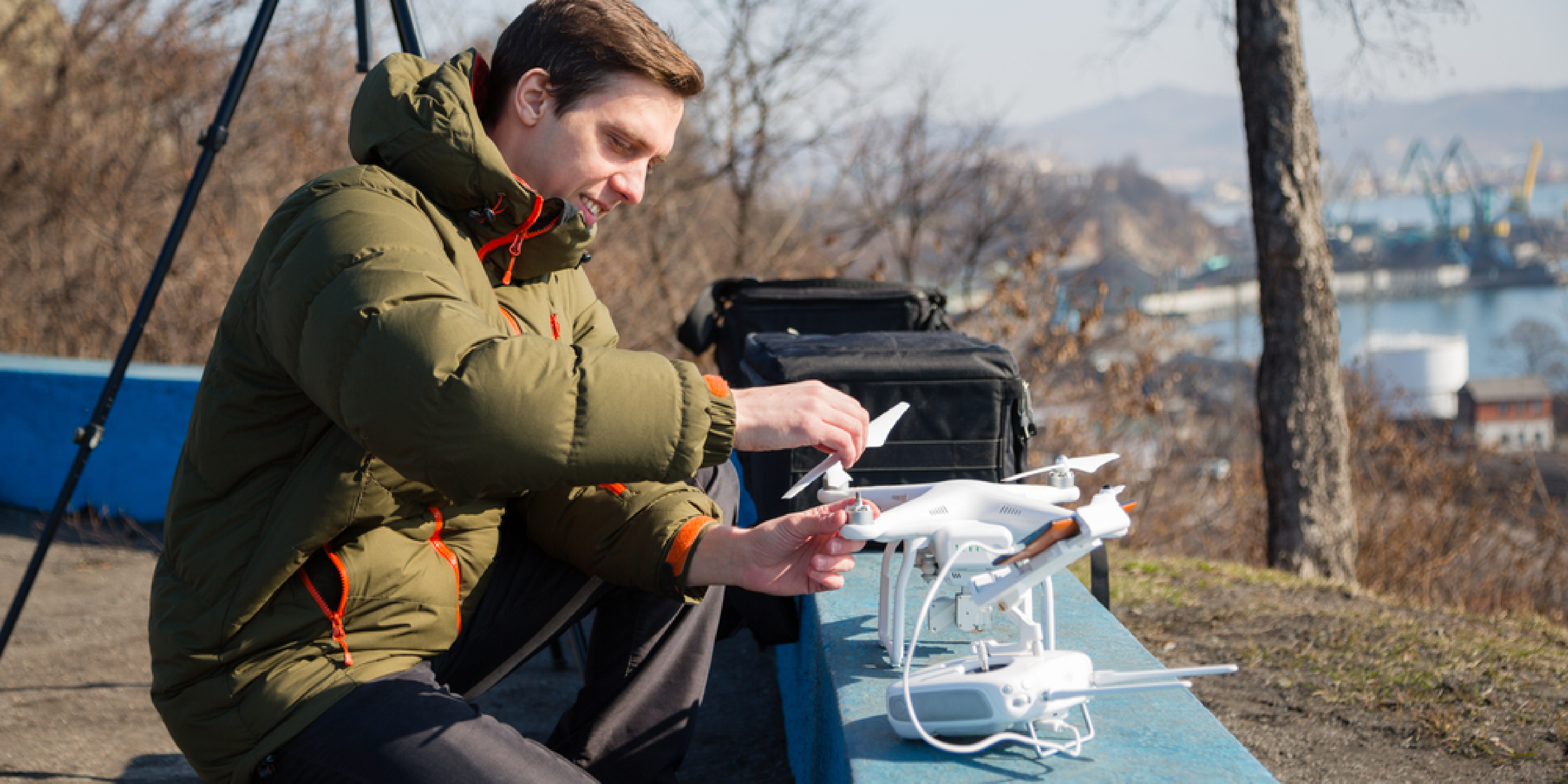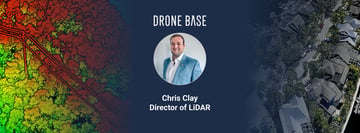Tempting as it might be, there’s no need to pack away your drone during the winter months.
Yes, the weather is probably patchy. And your free time is mostly going to be spent eating far too much and defusing arguments between distant relatives. But when the weather breaks, whether for an hour or two or the whole weekend, you’ve got to get out there and make the most of it.
That’s because, for starters, we know how impressive aerial photography can be when the soft glow of the winter sun hits snow.
But there’s no denying that flying in winter can be a challenge. So what can you do to make sure you fly safe and don’t sacrifice image quality when it’s cold out?
Look after your batteries
The vast majority of drones on the market, including those from industry leader DJI, use Lithium Polymer (LiPo) batteries. These tend to have reduced performance in cold temperatures, but there are a few things you can do to combat this.
First of all, take plenty of spares. This goes without saying, but as flight times are demonstrably restricted close to freezing, it’s worth repeating. You should also plan flights carefully to take into account your reduced minutes in the air.
Make sure that all of your batteries are fully charged before you set out and that they remain at a warm enough temperature while in transit and out in the field. To do this you can use the DJI GO app to check the temperature of your batteries, and a battery heater to pre-heat them to 20°C (68°F) or more.
If you don’t have a battery heater, hover in place after take-off to make sure your battery warms up and keep a close eye on its status within the app.
DJI recommends that you handle the controls more gently in colder conditions than you would otherwise, to prevent any surprise battery voltage drops.
Watch the weather
It’s not just the cold that can contribute to the challenging conditions drone pilots face during winter. You’ve also got to think about wind, rain, snow and visibility.
Strong winds can make for a shaky flight and challenging conditions in which to capture steady footage. But they also further decrease your flight times by putting extra strain on your batteries.
Sudden rain and snow is also a threat: moisture can quickly damage your drone’s motors and you should land at the first sign the weather is taking a turn for the worse. It’s worth remembering that snow isn’t an ideal take-off or landing surface either, so use a landing pad if you can.
The final thing to consider is visibility. Against grey skies and in the dim haze of December and the new year, your visual line of sight will probably be reduced significantly. So again, adjust your flights to compensate and make sure your GPS signal is solid in case you do lose contact.
Respect your fingers
Until drone technology gets to the point where you can pilot with eye tracking and head gestures alone, you’re going to need your fingers. So it’s a good idea to keep them warm during winter flights.
You need all of your sensitivity to make sure your shots are as smooth as possible, so try to find some gloves that find the balance between being thin and providing warmth. Touchscreen gloves are a great option, as they allow you to change your camera settings and flick through your gallery without exposing your bare fingers to the elements.
How to store your drone during winter
If you do plan on taking some time out from flying over winter, how you store your drone is really important. Your aircraft’s performance can be affected in the long run if you keep it somewhere cold or forget to discharge the batteries.
So bear a few things in mind before packing your gear away over Christmas. First, you should fully charge and discharge each battery once every three months to keep it in top condition.
And second, don’t forget to remove your props and attach your gimbal clamp, particularly if the box is likely to be shifted around or put in transit. Above all, ensure that your drone is kept warm and dry, preferably around 77°F.
If you’re not going to be flying this festive season, why not take a moment to read our reasons to be thankful for drone technology?





